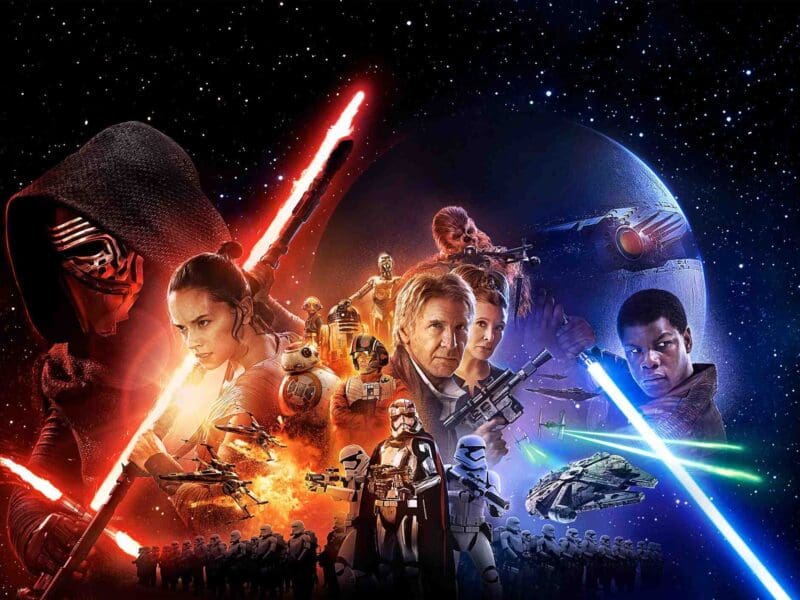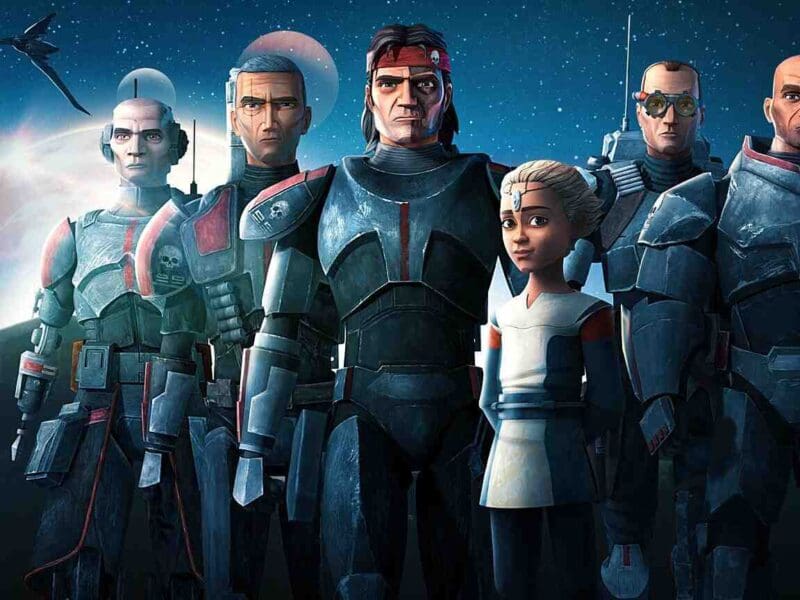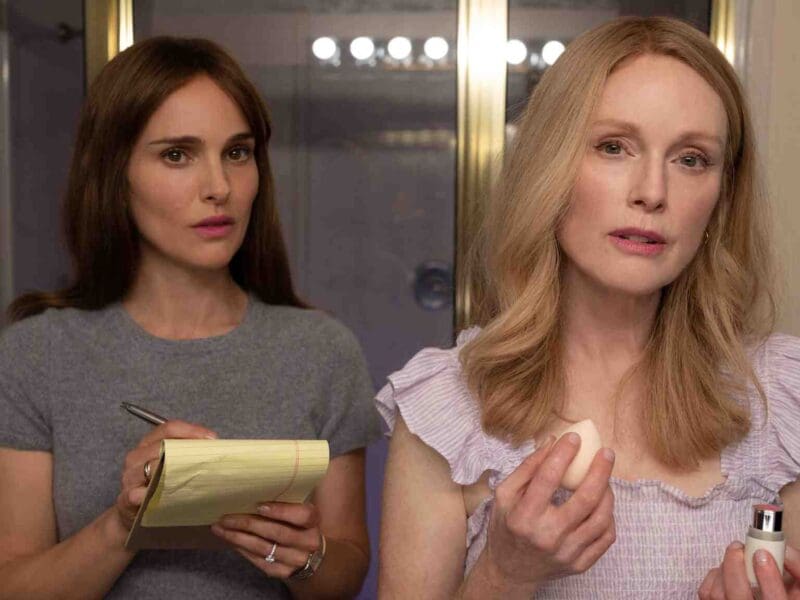Do I absolutely have to know the history of film and screenwriting?
2. Lights, camera, action: A brief but badass history of film
You love to write. We know you do – we love to write too! But sometimes we can get carried away and easily forget we’re writing something that will be translated to the screen. Today we’ll be talking about the history of film to gain perspective on the ways stories have been told visually over the last century, and how they set the bar for us, the dreamers.
We live in an age when even the most basic of computers come with built-in movie editing; Windows Movie Maker anyone? Okay, maybe not. Technology for film outdoes itself every year. Something can go from state-of-the-art to bargain bin junk before you can say “Action!”.
In the early 2000s, digital media took the industry by storm, shoving printed film in the attic next to your old alarm clock and CD collection. But film ain’t done! It’s making a comeback with some of the biggest films of our time, like the Star Wars franchise reverting back to good old silver gelatin for that authentic analog look.

Films just aren’t feeling and looking like films anymore – more like lavish displays of studio wealth. (Did someone say Justice League?) Directors are taking a step back and slowing down in the technology race to focus on the art instead of the science.
Physical props are returning with style, back-benching CGI like the scrawny kid in gym class. In this lesson, you’ll watch some of the films that defined the game and see how much they achieved with so little, all the while telling kick-ass stories.
You want that sweet smell of originality? You’ve got to know what’s been done in the past, where it all began, and how we got to where we are now. Why would you want to watch some scratchy black-and-white oldie? Simple: to see how stories have adapted with the times, but also stayed the same.

For example, films have always had missions – it’s not something that only developed by auteurs. Filmmakers since the outset of the medium have seen the power and influence film could wield and wasted no time in using it to get points of view across.
Whenever you watch a new film, do a web search and learn about what made them so important at the time of their release, and you’ll soon start to acquire the tools to incorporate a strong message in your story.
If you’re like us and have a genuine love of film, this will be fun and thought-provoking. What more could you ask for (other than an ice cream sandwich)? Don’t worry! This is not a dull-as-hell “case study”. It’s just a rundown of the minimum you must know about film before you write anything.

Our Spidey senses are tingling – you’re worrying again! It’s not just silent films you can find inspiration from. First, load up & watch the genre-bending classic Citizen Kane. This timeless masterpiece flips from gothic and Dickensian to newsroom comedy, contorts into a detective mystery, then finally mutates into a taut political drama. See how the film pulls the audience along with the ever-burning question, “What in sweet monkey balls is Rosebud!?” (Unofficial quote)

Second, check out the original Star Wars movie, also known as Star Wars: A New Hope. George Lucas had colossal visions for his “space opera”. 20th Century Fox struggled to meet his relentless demands for budget because no one had seen a film like this before. Lucas was so determined and ambitious that he spurred the invention of new special effects, as the technology he needed didn’t even exist yet.

Now watch the considerably more recent Guardians of the Galaxy. Though the original comics actually preceded Star Wars, many of the effects and set designs in the films are hugely inspired by Star Wars 40 years on. George Lucas in turn was inspired by past films like Silent Running – check that film out to see where Star Wars drew some concepts from.
Your conquering knowledge in film will start infusing itself into your ideas. Learning how filmmakers used to achieve so much with so many limitations will feed your passion to settle for only the most out-of-sight idea your brain can come up with – zero compromises, people!
Whenever you watch TV or a film, be active. Break down in your head or in a notebook how the film resonates with you and why, what difficulties it might have faced in production, and how they might have stemmed from the script.

“Making of” documentaries can be a big help in this endeavor. How many DVDs do you own with extra features? How many of those second discs have you actually watched? “Making of” content is some of the best schooling you can give yourself.
Watch how the script is interpreted in every department in production. Observe the limitations films face: budgets, actors falling ill, set problems; filmmaking is problem-solving. Those favorites you love seemed far from perfect at the time of production. Making your script as transparent as possible for everyone to draw creativity from is your duty as the screenwriter.
We’ve explored the sheer importance of knowing the history of film and how it will influence everything you write for the rest of your life. You have deeper understanding of the duty of a screenwriter and how you can use film to get across your unique point of view. Check out the homework below and see you soon!

Homework
By now, you’re probably feeling like you’ve got this screenwriting thing all locked down, so you’ll be ready for your next assignment. Grab a drink, make sure you’ve eaten, stick on your favorite tunes, and get ready for another A on your homework.
We’re going to start easy again today with a little light watching.
- Watch a Charlie Chaplin silent movie – then watch another with recorded sound.
- Get out your notebook and list the differences between the two movies.
- Pull up Film Daily and watch Détour by Michel Gondry, shot entirely on iPhone.
- Observe and listen to the way the short film uses sounds to tell the story. Perceive the clever and charming effects both visually and auditorily.
After watching Détour, answer the following:
- Would the story be as powerful without the sound effects?
- What emotions are conveyed through sound, rather than images?
- How does the little red bike character emotionally grab the viewer?
- How do the sound effects add to the overall viewer experience?
- How does Gondry promote the idea of travel through this short?
- How is comedy expressed through sound?
- How does the film balance sound and visuals to create a compelling narrative?

Director Michel Gondry has shot his latest short film ‘Détour’ entirely on his iPhone7, funded by a promotional effort by Apple.
Extra credit 1
If you want to get ahead by watching these other short films from a variety of genres:
Luna: a compelling drama
Tick Tock: a mind-bending story prompting multiple viewings
Lights Out: 3 minutes of sheer terror
The Black Hole: a simple and hilarious sci-fi comedy
Make notes about what makes these films stand out so much. What are the key plot points? How do they use sound to tell their stories?
Extra credit 2
Decide if you want to pen your movie under your own name or if you’d prefer to use a nom de plume. If it’s the latter, start getting creative with the name you’d like to be known as. Need inspiration? Try this fake name generator tool:
Resources
Luna
Tick Tock
Lights Out
The Black Hole







